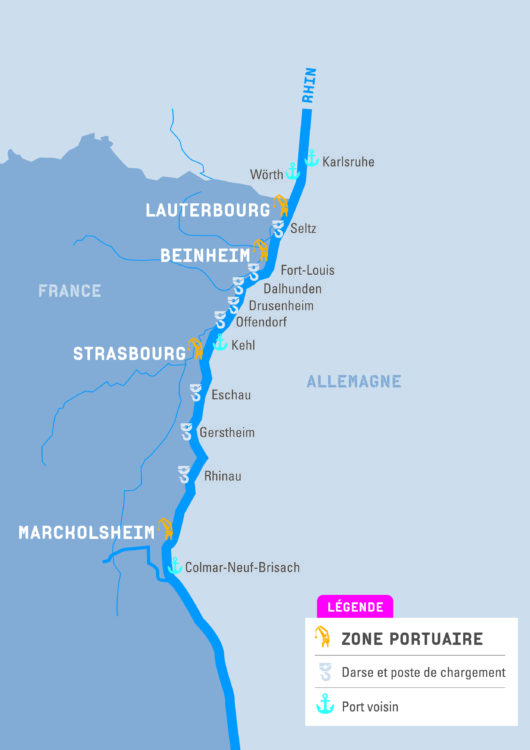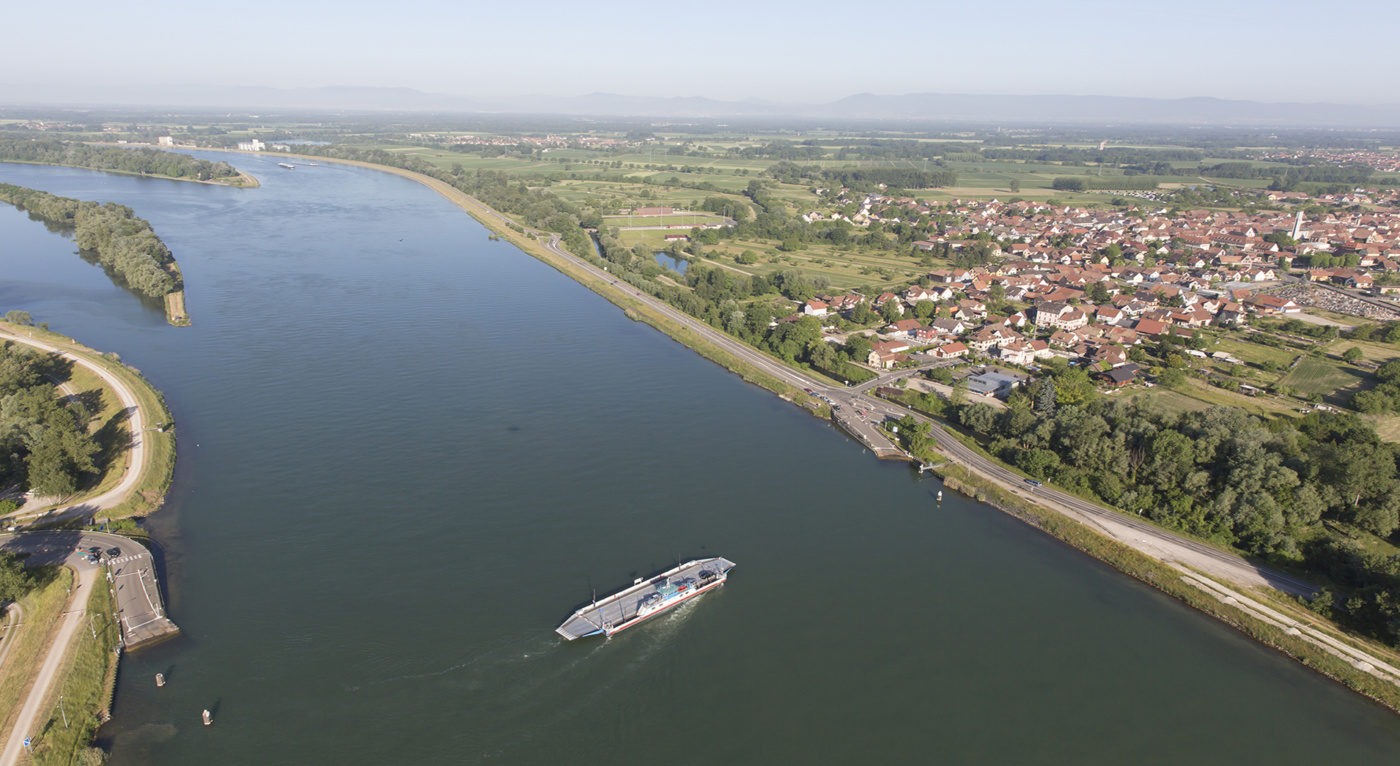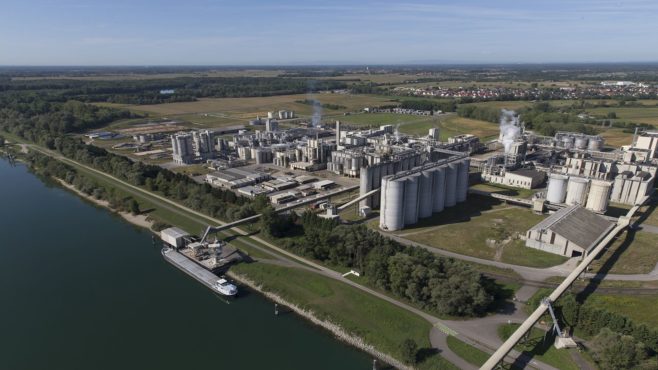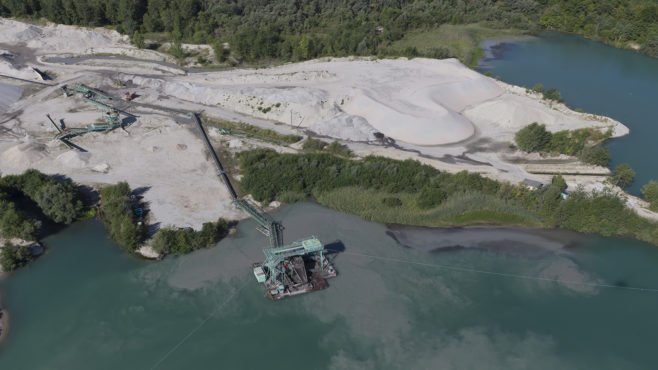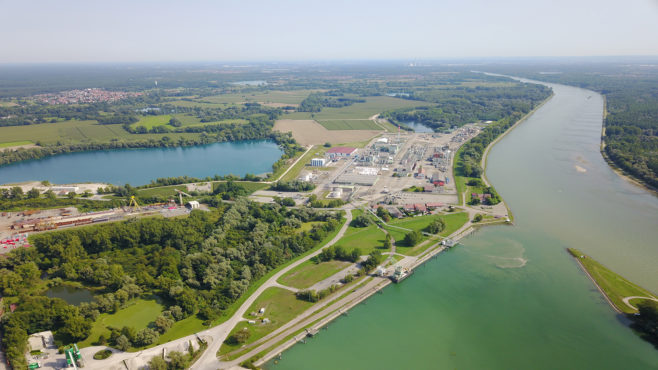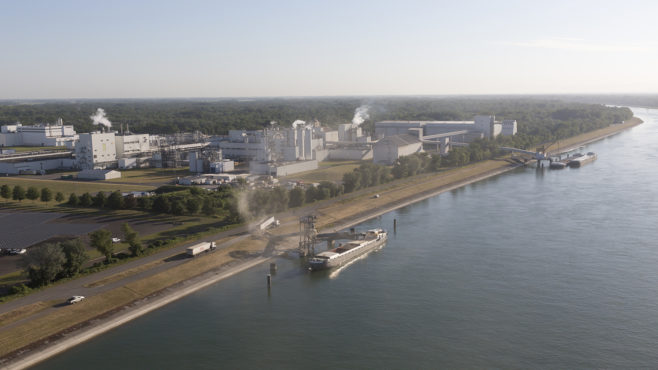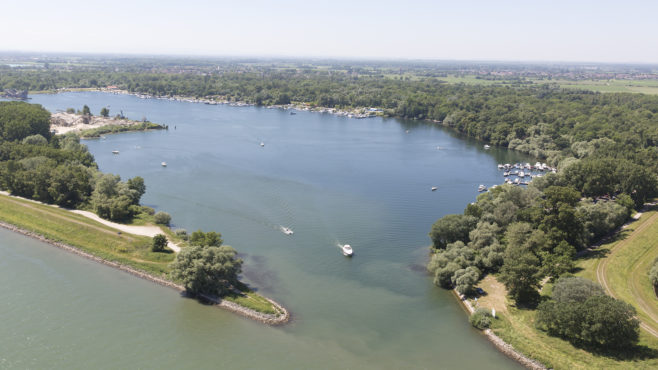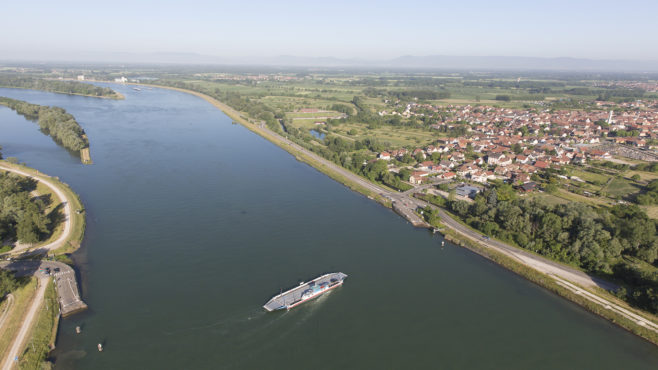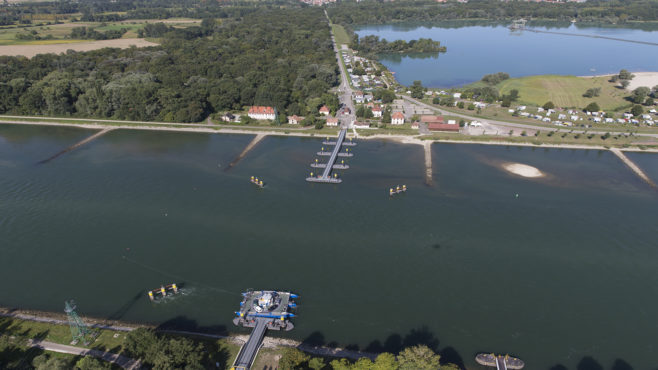Port of Strasbourg
This is the port that has brought prosperity to the city ever since the Middle Ages. The main port area covers a ten-kilometre stretch of the Rhine, running north/south, and includes:
- 1050 hectares in area
- of which 200 hectares of docks
- 10 000 jobs
- 500 companies
- 100 km of rail track
- 35 km of roads
- storage capacity for:
- general goods: 740 000 m2
- cereals: 710 000 tonnes
- hydrocarbons: 420 000 m2
- 2 container terminals
- 3 river container gantries
- 1 heavy-duty gantry (440 tonnes)
- 1 rail gantry
Click here for more information about port services
Three industry-driven port sites
Lauterbourg, commercialised under the brand name R3FLEX
- 1 river gantry
- 1 heavy-duty gantry (220 tonnes)
- 1 ro-ro access ramp
- 2 km of rail track at the terminal
Beinheim
- 111 hectares of land
- 2 companies
- 36 jobs
- 2 bulk loading stations
Marckolsheim
- 87 hectares of land
- 7 companies
- 511 jobs
- 2 bulk loading stations
There are eight bulk loading stations (gravel, cereals, etc) along the Rhine.
Seltz, Fort-Louis, Dalhunden, Drusenheim, Offendorf, Eschau, Gerstheim and Rhinau
Facilities and upkeep
Facilities
The port area in Strasbourg reflects the region’s economic activity. The facilities the PAS has developed for businesses to use contribute to the territory’s prosperity. The PAS intends to:
- continue its development of the port area in Strasbourg by developing available land as and when commercial opportunities arise,
- develop tri-modality at its various port sites,
- improve road, rail and river access,/span>
- invest in and maintain its stock of buildings, to be in a position to accommodate more businesses.
Upkeep
The PAS is responsible for ensuring the development and management of the port territory. It constructs and maintains the port’s infrastructures: dock, roads, rail tracks in conjunction with the French national railway company (SNCF) and other networks, that are then handed over to the various administrators.
The PAS is constantly professionalising and improving its activities, modernising its equipment, making level crossings safe, and taking account of its corporate responsibilities in terms of society and the environment.
The purpose of the port’s technical maintenance centre (Centre Technique d’Entretien du Domaine -CTED) and its twenty or so staff is to improve the quality of the port’s public areas, to transform it and bring it up to date. This approach is called ValPort, and the PAS has been committed to it since 2013.
The CTED carries out everyday work at the port – maintenance of green spaces, management of waste on the ground and in the docks, masonry work – as well as implementing major projects such as signing, protection of the flora and fauna, etc.
More information about ValPort is available in the section on ‘Services for businesses’.
